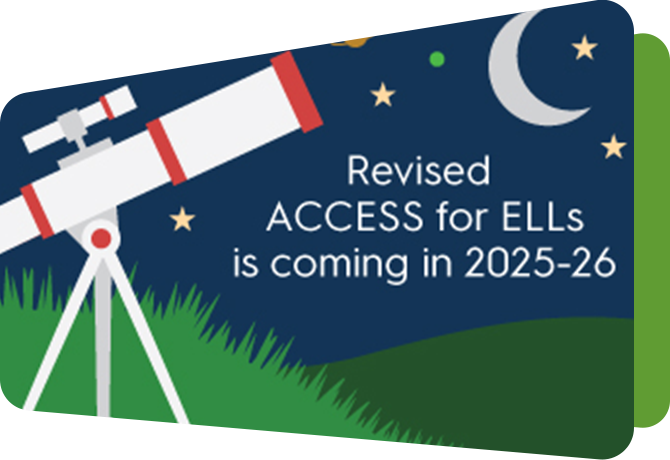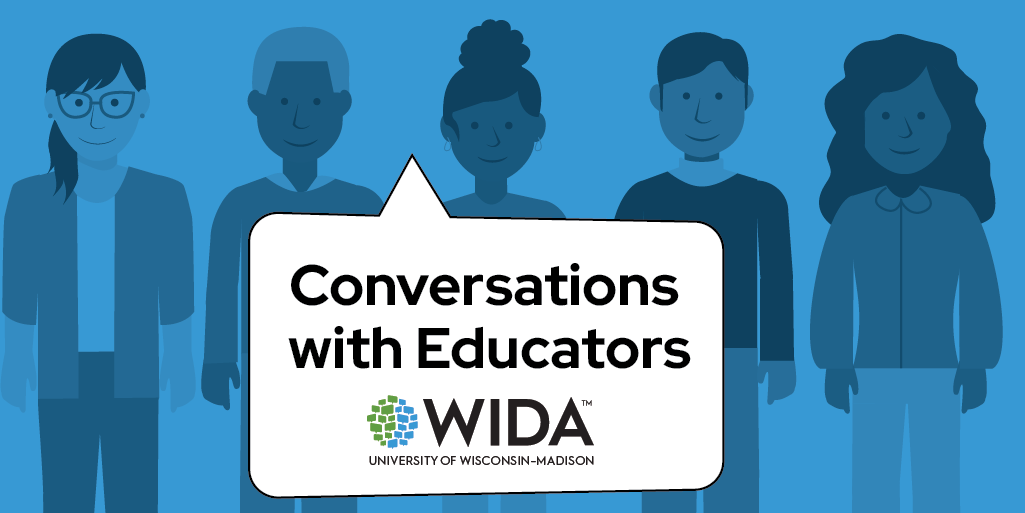Los descriptores del desempeño lingüístico in Marco DALE provide guidance on how bi/multilingual students can develop language that they can interpret, interact and express in each of the communication modes (interpretative, interactive and expressive).
Marco DALE contains examples, known as descriptors, of what students can do with communication and language at different stages of Spanish language development. The Proficiency Level Descriptors in the Marco de los estándares del desarrollo auténtico del lenguaje español de WIDA (Marco DALE) provide educators with an articulated guide to understand and support the linguistic growth of bilingual and multilingual students. These descriptors (Marco DALE, p. 55) detail students’ linguistic competencies in the interpretive, interactive, and expressive modes (Marco DALE, p. 52) across six performance levels (Marco DALE, p. 364), encompassing listening comprehension, reading comprehension, oral expression, and writing within multimodal interactions.
What are the proficiency level descriptors in Marco DALE?
Language development is a dynamic process that often progresses differently across various skill areas. For example, a student may excel in oral expression while still developing their writing skills. In this context, the proficiency level descriptors suggest potential achievements at the end of each level without imposing a rigid progression, as higher levels integrate the skills from previous levels. Meanwhile, the final level (Level 6) remains open, recognizing that language development is a continuous process throughout life.
To reflect the complexity of this development, the proficiency level descriptors are based on three fundamental dimensions in the development of linguistic skills: discourse, sentence, and word/phrase (Marco DALE, p. 56). These dimensions support students from kindergarten through grade 12 and are presented in two categories: one for K-1 and another for grades 2-12.
How do the descriptors support language development?
The descriptors provide guidance on how students can develop their linguistic performance by processing and producing language according to communication modes (interpretive, expressive, and interactive), language expectations (the curricular language to be learned) (Marco DALE, p. 51), and language functions (Marco DALE, p. 54). In this sense, the use of multimodal texts—those that include oral, visual, and written formats—is essential to promote learning. Additionally, the descriptors support language development through the dimensions of discourse, sentence, and word/phrase levels, offering educators a practical tool for planning lessons that integrate Spanish curricular content. This ensures that bilingual and multilingual students can participate and interact meaningfully with curricular content appropriate to their unit/level, thus progressing toward linguistic independence.
From this perspective, the proficiency level descriptors also help teachers identify strategies that build upon students’ prior knowledge, thereby removing barriers to learning and promoting content accessibility.
In summary, the proficiency level descriptors guide teachers in identifying the necessary language (expectation) to process (listening and reading comprehension) and produce (oral and written expression) curricular content based on discourse (overall message), sentence (forms and conventions), and word/phrase (vocabulary and accuracy) dimensions progressively and effectively across performance levels.
How do the descriptors relate to language expectations?
The descriptors complement language expectations, which establish unit-level goals for language use in learning the curricular content specific to each subject and grade level. While language expectations provide general objectives, the proficiency level descriptors offer a more detailed description of linguistic development, allowing for more specific and tailored support at each performance level.
The proficiency level descriptors offer a clear and flexible guide to support both educators and bilingual and multilingual students in their linguistic development. However, it is essential to interpret them as flexible progress indicators rather than rigid classifications, recognizing the different stages of students’ skill development and acknowledging that this growth is influenced by factors such as familiarity with curricular content, audience, and situational context. With tools adapted to each language level and dimension, the proficiency level descriptors allow for inclusive and personalized teaching, fostering continuous growth and preparing students to use language meaningfully in both school and community contexts.





